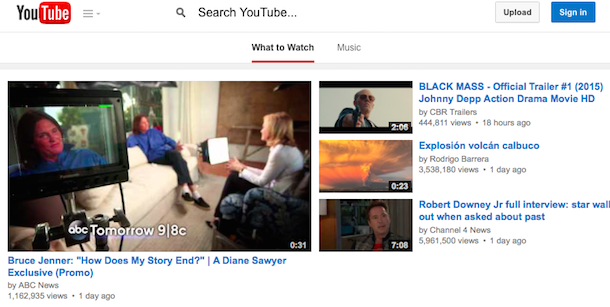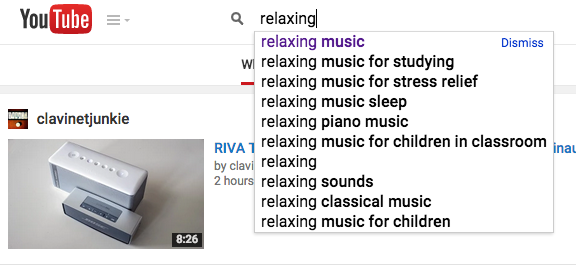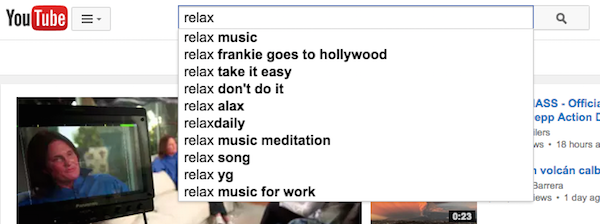Google has an unexpected doodle for Earth Day. It's an animated doodle that sends you to a search results page for [
earth day quiz].
Google tries to answer the question: "which animal are you?". You are asked 5 questions like "What are you up to on a typical Friday night?" and you can pick between 4 funny options like "alone in my burrow", "rarely seen out", "strutting my stuff" and "following the herd".
Depending on your answers, the results is a honey bee, giant squid, komodo dragon, pangolin, cuttlefish, mantis shrimp, honey badger, woolly mammoth, red-capped manakin, sea otter, whooping crane or coral.
"Earth Day is a great time to search for information on how to celebrate and protect our planet – and it’s now a great time to find out something about yourself too. In a doodle first, clicking on this year's Earth Day logo (or searching for 'Earth Day quiz') presents one of the Internet's favorite pastimes: a goofy quiz. Take the time to answer a few questions and you too can determine, share, and learn more about which animal most closely represents your personality. The quiz works on just about any up-to-date browsers on your mobile or desktop browsers, including the Android and iOS Google Apps. (We assure you it's all 100% accurate and scientific),"
explains Google.
Here are the results:
"You're a komodo dragon! You have an appetite for life – as well as the ability to swallow an entire goat."
"You're coral! Your hidden beauty attracts many suitors. Also, did you know you were an animal?!"
"You're a mantis shrimp! Mysterious and beautiful, you’re not afraid to use your powerful claws to attack, stun, and dismember prey."
"You're a red capped manakin! You love to dance and you dance to love–preferably on a branch unobstructed by other vegetation."
"You're a cuttlefish! With the best brain-to-body ratio of all invertebrates AND the ability to camouflage your skin at will, you're the complete package!"
"You're a sea otter! You like holding hands to be romantic as well as to avoid floating away while you nap in the water."
"You're a giant squid! You can achieve anything to which you put your mind and/or your massive tentacles."
"You're a honey badger! Your true friends know they always can call on you to scare away lions or fight a king cobra."
"You're a woolly mammoth! So unique, you're technically extinct, but on the bright side scientists hope to be able to clone you some day!"
"You're a pangolin! The practical sort, you know just when to curl up into a ball to thwart predators."
"You're a whooping crane! Whether mating for life or rebounding from extinction, you're a real team player."
"You're a honey bee! Naturally a hard worker, you still take time to stop and pollinate the flowers."



















































